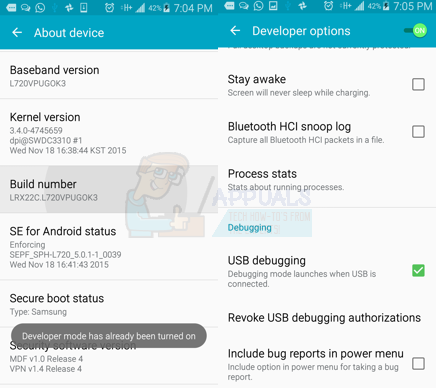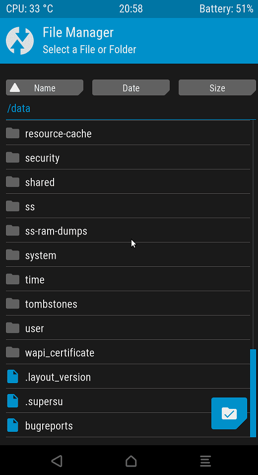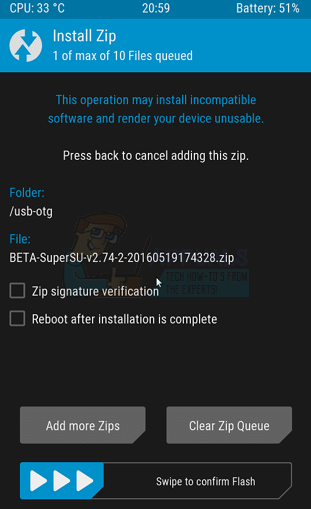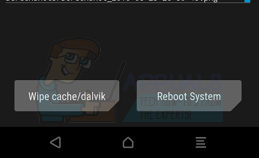Another way to modify the system partition on Lollipop was found, which saw a stop to the use of the systemless method. With the introduction of Android Marshmallow, the security was strengthened, thereby making it impossible to modify the system partition to make the su daemon launch with the required permissions. This brought the systemless root method back – modifying the boot image instead of the system partition – and that’s is new way to root Marshmallow and newer operating systems, as well as Samsung devices running Android 5.1 and newer. Before you continue you need to have met the following requirements:
Unlocked bootloader – Visit your smartphone manufactures site to learn how to unlock your bootloader. Most Samsung phones have unlocked bootloaders.ADB and Fastboot binariesYour smartphone drivers – You can download and install this from your smartphone manufacturers website.TWRP Custom Recovery – The website provides the specific recovery image for your device.Latest Supersu – Copy this to root of your storage.
Method 1: On Devices Running Lollipop or Older
Method 2: On Devices Running Marshmallow or Newer
Systemless rooting is enabled by default on devices running Marshmallow or newer. There’s no need to enter additional commands – just flash the SuperSU zip file.
How to Bypass SafetyNet Apps with Systemless RootFix: root User’s Home Directory is /rootHow to Root Your Nexus Phone using CF-Auto-RootHow to Root Your Samsung Phone Using CF-Auto-Root





